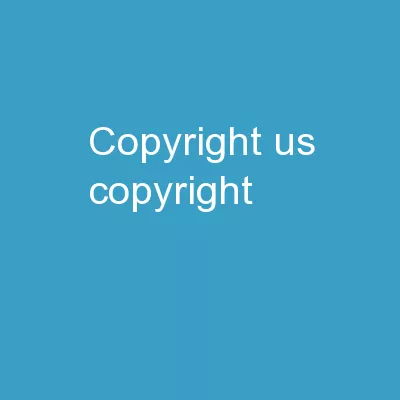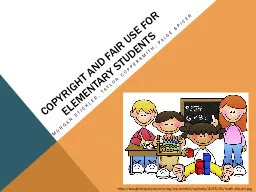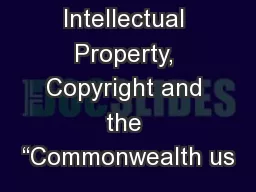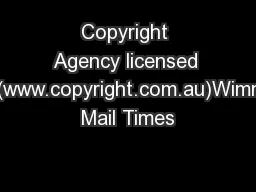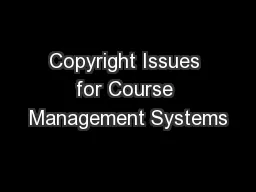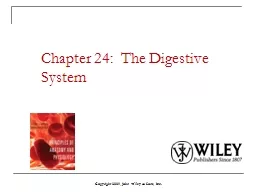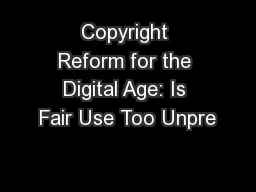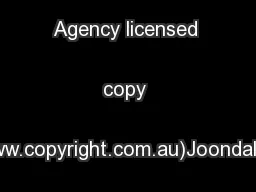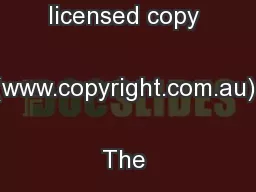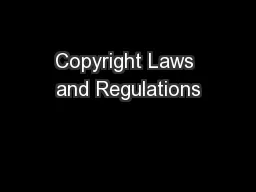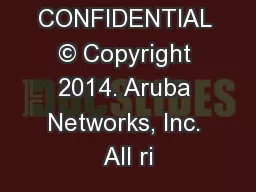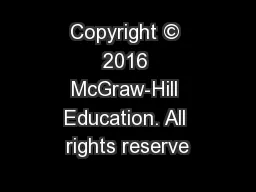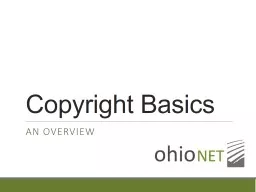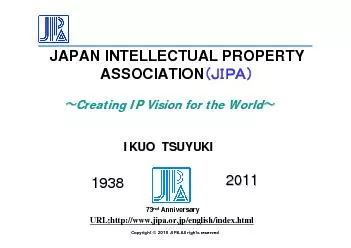PPT-Copyright US Copyright
Author : briana-ranney | Published Date : 2018-11-28
is a legal tool authors and creators use to signal what other people can or cannot do with their works Public Domain Works are in the public domain once a
Presentation Embed Code
Download Presentation
Download Presentation The PPT/PDF document "Copyright US Copyright" is the property of its rightful owner. Permission is granted to download and print the materials on this website for personal, non-commercial use only, and to display it on your personal computer provided you do not modify the materials and that you retain all copyright notices contained in the materials. By downloading content from our website, you accept the terms of this agreement.
Copyright US Copyright: Transcript
Download Rules Of Document
"Copyright US Copyright"The content belongs to its owner. You may download and print it for personal use, without modification, and keep all copyright notices. By downloading, you agree to these terms.
Related Documents

